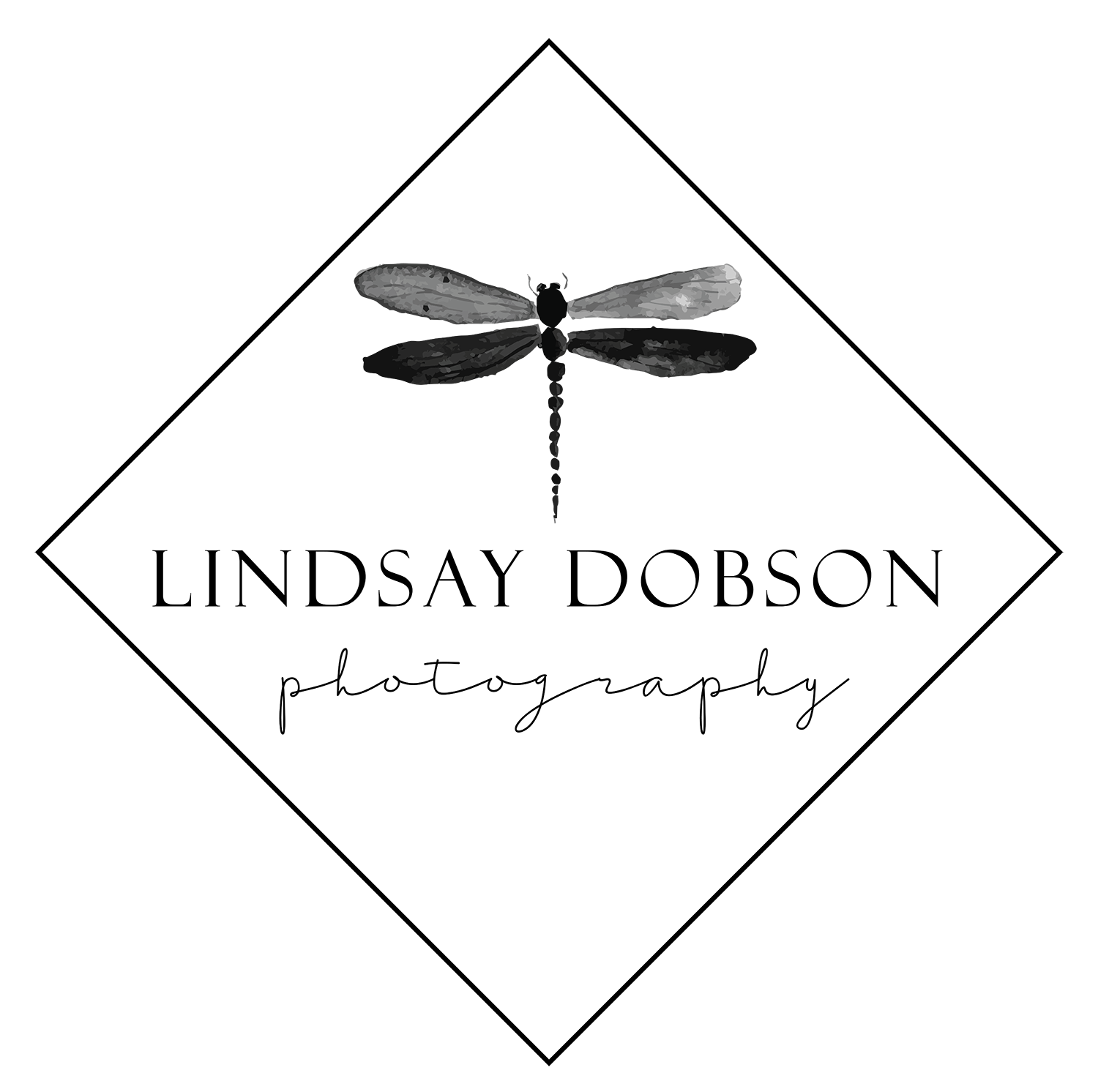Bird and Nature Photography with the Sony a7rii and Sony 70-200 f4 G Lens
Bird photography is a national pastime here in the UK as I’m sure it is in many other parts of the world. We have our own indigenous species and a great many seasonal migrants. The kind of birds we might see in our gardens each day tend to be small and shy, and fairly tricky to photograph. The diehard rule is this: the smaller the bird, the longer lens. And that tells us that small bird photography can also be very expensive. It’s little wonder then that many of us gravitate towards water birds. These can be quite large, they can be plentiful in certain locations and they can be quite approachable as well. If you live within travelling distance of a wetlands centre then you’re in luck. Whatever the season, there’ll be a good variety of native birds and interesting visitors to see and photograph.
Bird and Nature Photography with the Sony a7rii and Sony 70-200 f4 G Lens
I haven’t had much of a chance to keep tabs on the comings and goings at my local reserve this year, so it was great to get down there for a couple of hours last week. As well as enjoying the lovely surroundings at Arundel Wetlands Centre I also wanted to try out a new lens – the Sony 70-200 f4. On a full frame camera this is a classic length for portraiture and indeed this is a go to category of lens for most portrait and event photographers. All the major manufacturers have their own variants. Fast zoom lenses like this tend to be large and heavy, which is why I chose the f4 version – it’s a similar size and weight to the micro four thirds Olympus 40-150 f2.8. But is it good for nature photography? Yes and no. It’s not the sort of lens I would turn to when photographing small shy animals or small birds – but on a crop sensor APS-C camera it’s very useful for near wildlife. In which case it affords a respectable 300mm maximum reach.
300mm is about the minimum for wildlife photography and actually it’s a focal length I became quite used to in my Canon full frame days, when I used the 70-300L. My copy of the Sony lens is sharp wide open at f4 (and indeed throughout the focal range) but at f5.6 it becomes superlatively sharp. Overall the Pana Leica 100-400 is slightly sharper wide open (as are most micro four thirds pro grade zooms) albeit a little slower.
It’s a nicely colourful lens, with neutral rendering and good well-balanced contrast, with very little edge softening throughout its range. There just isn’t anything to complain about. You’ll get a bit more subject separation with its bigger f2.8 brother, but with a considerable weight and cost penalty.
The Sony lens was mounted to my Sony A7rii, in super-35 mode. This means that with the flick of a button I can turn my full frame camera into an APS-C body. And I can use Sony APS-C E mount dedicated lenses on a full frame Sony E mount camera, which is great for convenience and redundancy. The light was bright on this particular outing, however high ISO values are the norm in the UK when photographing wildlife or indeed anything which is likely to move. Often our subjects will favour shade on a hot day.



















